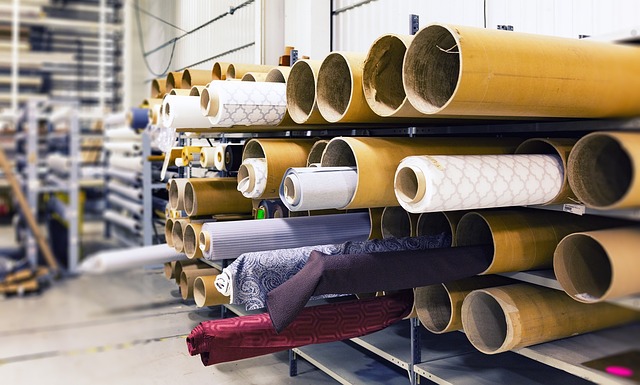Repositioning Craft and Design in the Anthropocene
Applying a More-Than-Human approach to textiles
DOI:
https://doi.org/10.31273/eirj.v10i2.973Keywords:
More-than-human worlds, craft and design, motifs, textile design, felting, decolonising designAbstract
As a part of industrial mass production, the field of design has been deeply involved in the exploitation of natural resources. In design, better ways to approach the nonhuman-human relation are needed. In this article, we contribute by exploring how more-than-human perspectives can be used to engage with this relationship, and more specifically, by focusing on how the fields of design and craft relate to more-than-human worlds. Crafts are relevant as they are practices of making that preceded and exist beyond mass production. In design studies, more-than-human notions and posthumanist frameworks are still new. Although recent studies mention design in the context of more-than-human, they do not thoroughly integrate it within relationships between craft and design.
Through positioning a more-than-human approach within the craft-design relationship, the design field can learn from and shift to a more equal understanding between humans and nonhumans. The article addresses this by describing emerging craft and design practices, and by providing textile examples. Non-western textiles and their motifs are given as example artefacts that consider traditional and Indigenous knowledge in more-than-human worlds. By looking at these motifs from more-than-human perspectives, we suggest that design and craft can deliver a new approach for addressing nonhumans in human-made things.
Exchanges Discourse Podcast
The Textures of Research: In Conversation with Berilsu Tarcan [32:26]
Downloads

Downloads
Published
Issue
Section
License
Copyright (c) 2023 Berilsu Tarcan, Ida Nilstad Pettersen, Ferne Edwards

This work is licensed under a Creative Commons Attribution 4.0 International License.
Authors who publish with this journal agree to the following terms:
Authors retain copyright and grant the journal right of first publication with the work simultaneously licensed under a Creative Commons Attribution License (CC-BY), which permits use and redistribution of the work provided that the original author and source are credited, a link to the license is included, and an indication of changes which were made. Third-party users may not apply legal terms or technological measures to the published article which legally restrict others from doing anything the license permits.
If accepted for publication authors’ work will be made open access and distributed under a Creative Commons Attribution (CC-BY) license unless previously agreed with Exchanges’ Editor-in-Chief prior to submission.
Authors are able to enter into separate, additional contractual arrangements for the non-exclusive distribution of the journal's published version of the work (e.g., post it to an institutional repository or publish it in a book), with an acknowledgement of its initial publication in this journal.
Authors are permitted and encouraged to post their work online (e.g., in institutional repositories or on their website) prior to and during the submission process, as it can lead to productive exchanges, as well as earlier and greater citation of published work. (see: The Effect of Open Access)
